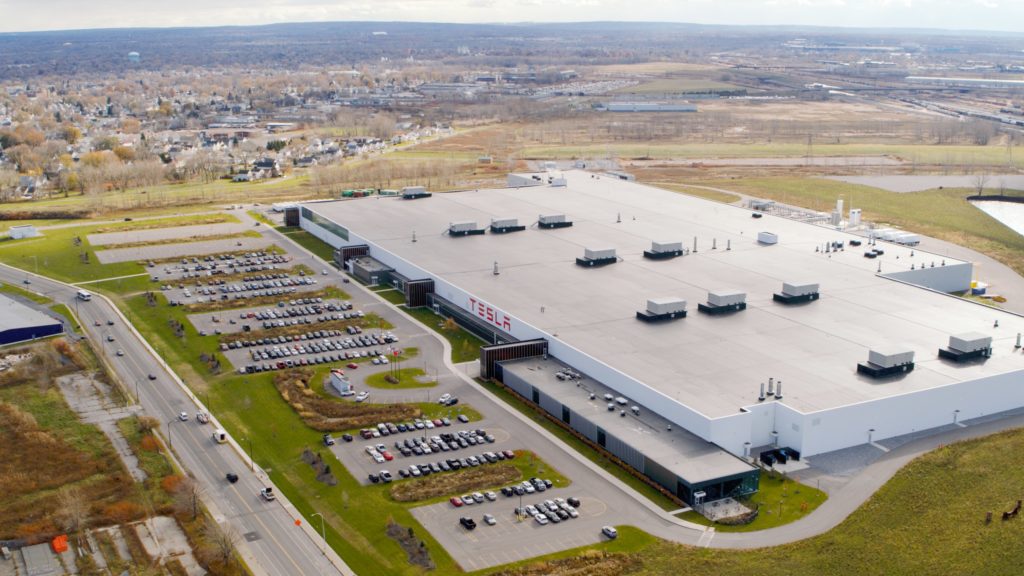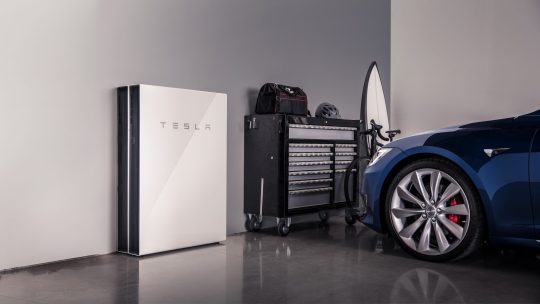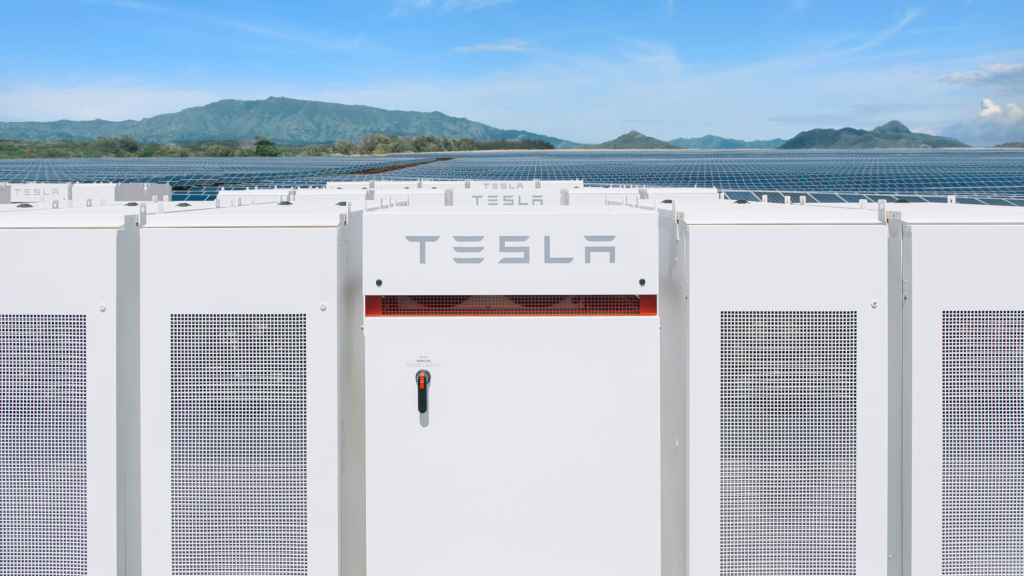
Mark your calendar for September 15; according to a tweet by Elon Musk, that is the tentative date for Tesla’s annual shareholder meeting and “Battery Day,” which will include a tour of the company’s cell production system. Musk first described the battery event about a year ago as including “a comprehensive review of cell chemistry, module and pack, architecture, and manufacturing plan that has a clear roadmap to a terawatt-hour per year.”
One terawatt hour is one billion kWh of energy storage, and this capacity is about 30 times that of the company’s existing battery production. Assuming an average 100 kWh of storage per vehicle, a terawatt hour could supply 10 million EVs per year. Tesla batteries can also support stationary storage such as the Powerwall and Powerpack.
Below is a photo of Tesla’s second Gigafactory, a 1.2 million square-foot facility in Buffalo, New York, where the company produces solar cells and modules as well as electrical components for Superchargers and energy storage products.

An increase in manufacturing capacity would be reason enough for a major announcement, but what else might Musk have up his sleeve? A decrease in cost would certainly attract a lot of attention by broadening the market for Teslas, but so too would the following:
- Better energy density. This would allow for more energy storage per cell, resulting in a smaller and lighter-weight battery while providing the same distance. Alternatively, higher energy density would allow for greater driving range without increasing from today’s size.
- Faster charging speeds. Faster charging would provide drivers with shorter stops on long road trips, and would also reduce queueing at popular charging stations.
- More cycles. Battery life is measured in charge cycles. After a certain number of cycles, degradation can become noticeable. Given the near absence of critical parts in an EV that are susceptible to failure other than the battery, lengthening the life of batteries has a near 1:1 effect on the entire vehicle’s life. Longer vehicle life at top performance means better value up front and better residual value on resale (including a second life for the batteries as grid resources after a presumably long life in the vehicle).

As discussed above, stationary storage already is a significant market. The Powerwall, for example, is a wall or floor mounted rechargeable lithium-ion battery designed for the residential market to enable self-consumption of solar power, emergency backup, time-based control and other grid service applications. It stores 13.5 kWh of usable power.
The Powerpack is intended for commercial and utility customers and provides from 200 kWh to more than 100 MWh of energy storage. Conceptually similar to the Powerwall, the Powerpack benefits utilities and customers alike through cost savings, reliability and resiliency. Examples of specific benefits include demand response, frequency response, backup power, storage for intermittent resources, load shifting, and potentially the ability to defer costly and time-consuming grid upgrades.
Given Musk’s successful track record and propensity for technological advances, the upcoming announcement could include any number of breakthroughs. Stay tuned for more updates as they become available.
For more information about EVs and EV charging, I invite you to follow me on LinkedIn and visit my other posts at www.EVadvisors.com.

